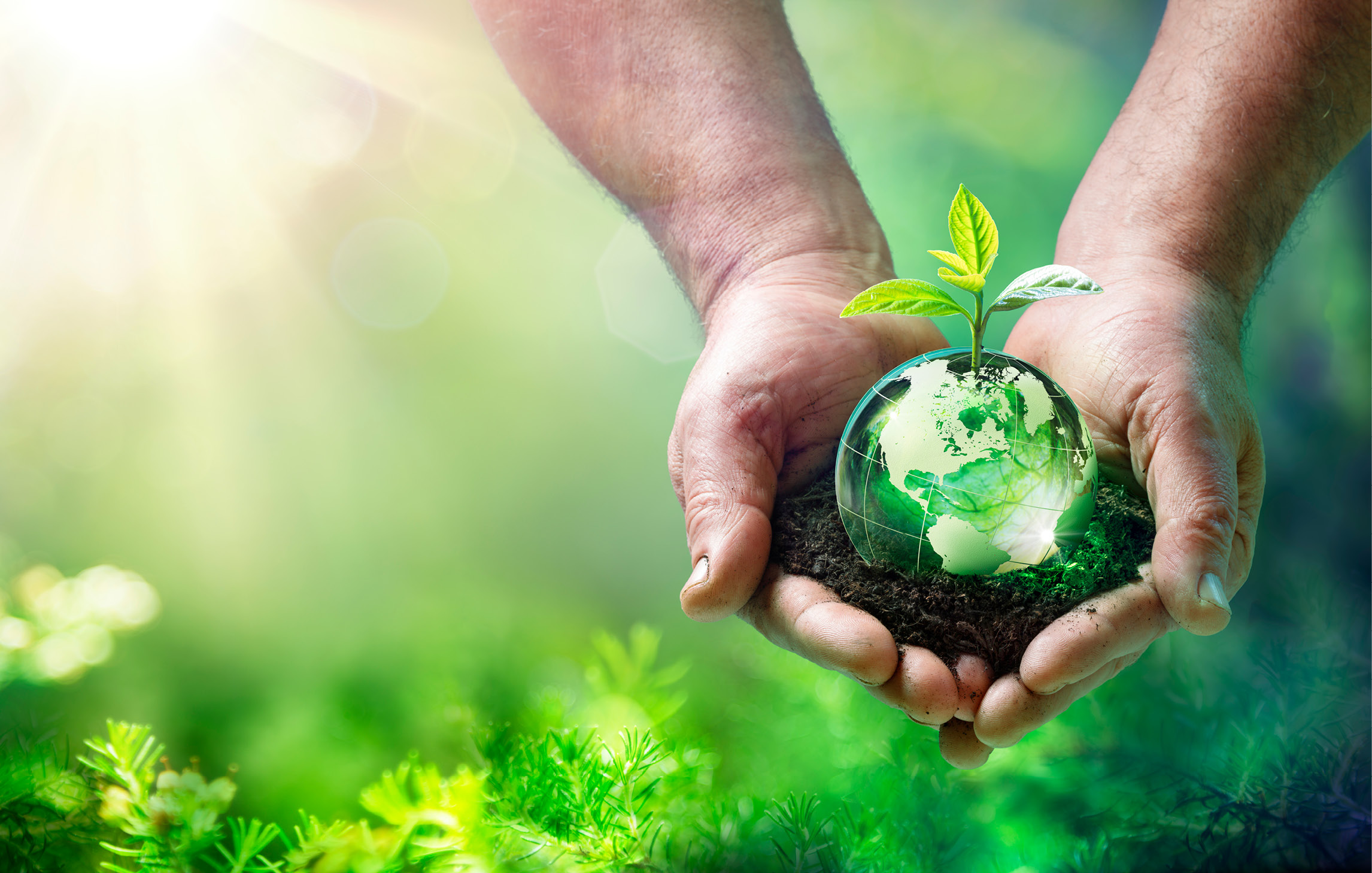Earth Day: Responsibility for the environment - natural rubbing agents instead of microplastics
Microplastics in cosmetic products
Microplastics are plastic particles that are smaller than 5 millimetres. But not all microplastics are the same. They are categorised according to their origin. There are so-called primary microplastics, which are produced industrially. Secondary microplastics, on the other hand, are created by the decomposition of larger plastic particles through sunlight, friction and other influences.

Industrially produced primary microplastics are mainly found in cosmetics and everyday care products: For example, as fine beads in scrubs and shower gels - or in larger quantities in coarse hand cleansers such as classic washing pastes to mechanically dissolve heavy soiling.
Microplastics harm the environment and health
Until now, sewage treatment plants have not been able to completely filter out microplastics from cosmetic products. As a result, the sometimes microscopically small particles end up in our waters - and with the sewage sludge also on the fields and in the air. Plastic remains in the environment for hundreds of years. This is a particular problem in lakes, rivers and oceans: Microplastics are often ingested by microorganisms, such as plankton, which are an important food source for fish. It is not only birds and marine mammals that feed on fish, but also us humans.
Natural rubbing agents instead of microplastics
We also take this problem seriously and are committed to environmentally, climate and resource-friendly products. For example, all our hand wash pastes contain natural abrasives instead of the usual microplastic particles. There is a suitable hand wash paste with walnut shell, corn or wood flour for every degree of soiling. Guaranteed free from microplastics and suitable for allergy sufferers. Also available free of colour and fragrance.
